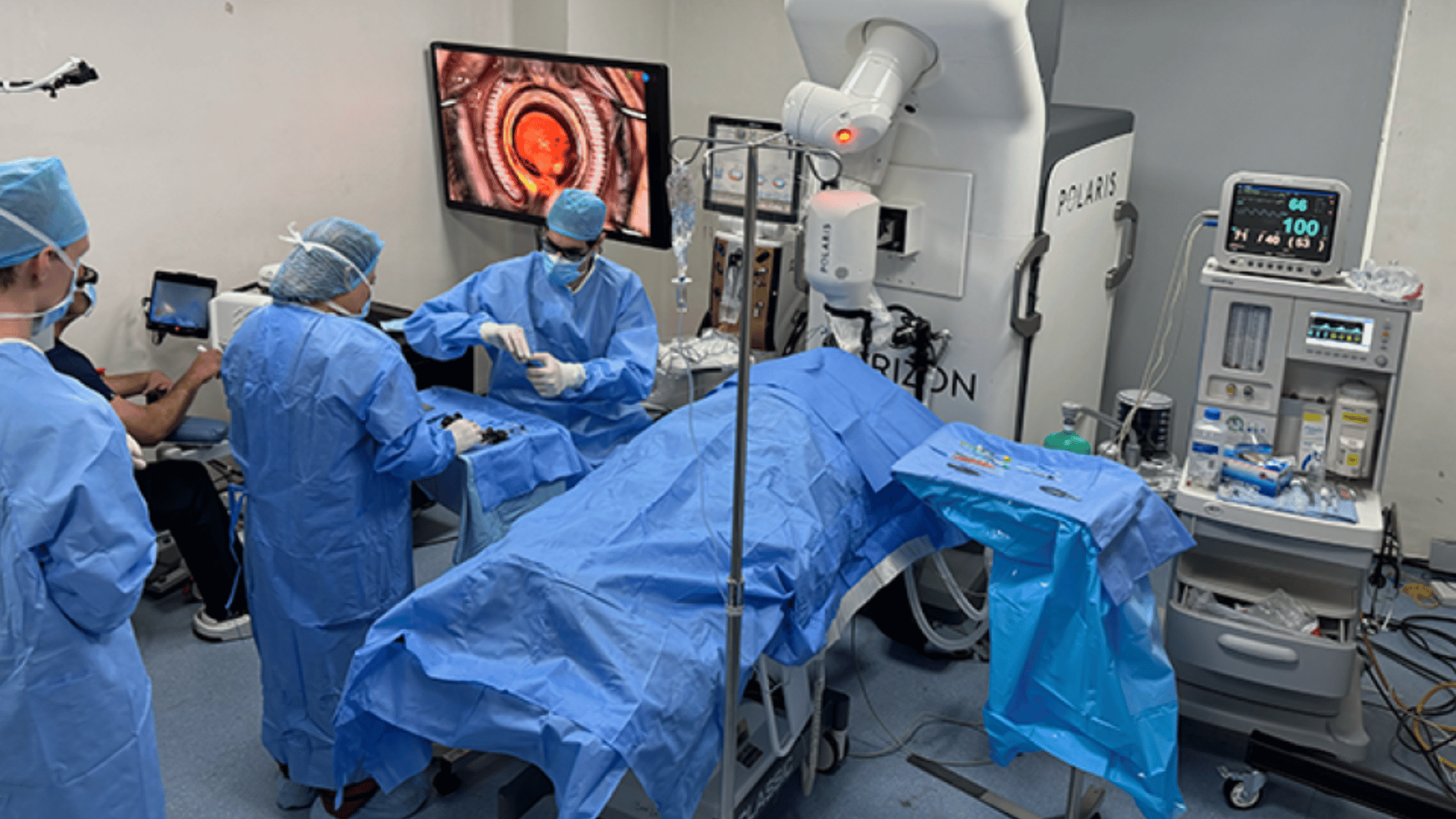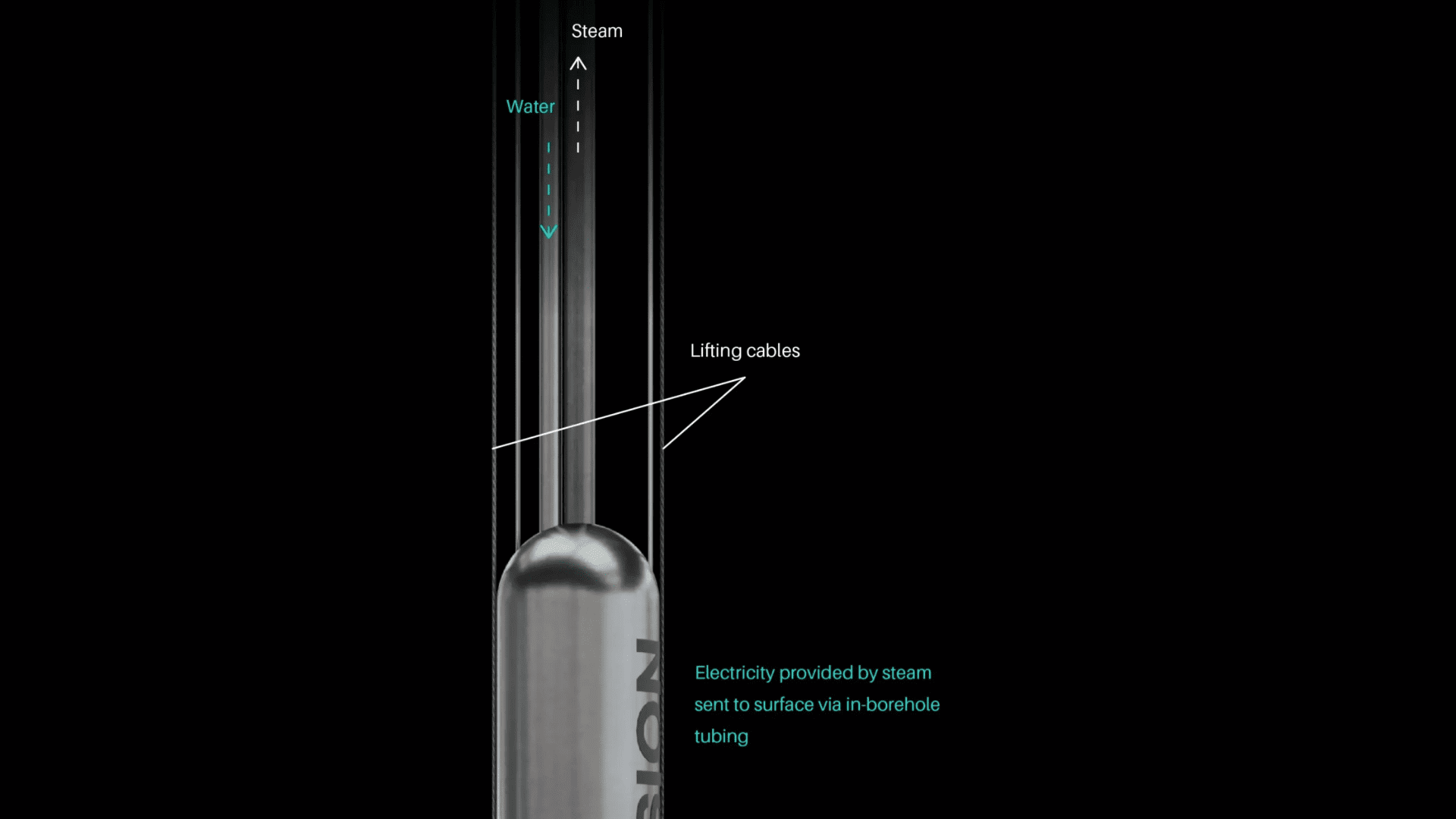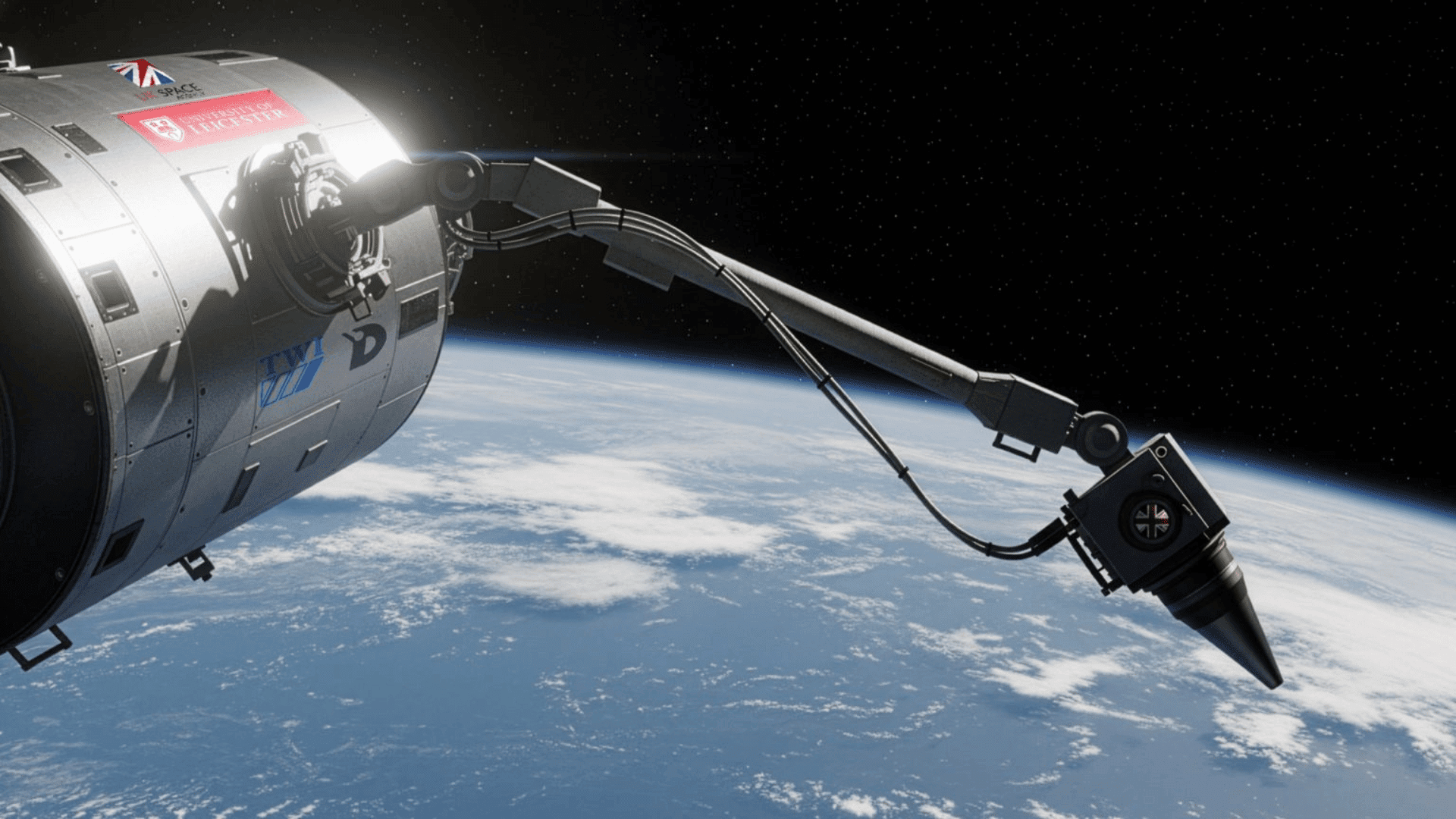The European Space Agency (ESA) announced a monumental achievement: its Proba-3 mission achieved something never done before. Its two spacecraft, the Coronagraph and the Occulter, flew in perfect formation to create the first “artificial total solar eclipse” in orbit. According to the scientists involved, the achievement highlights the precision of the spacecraft while collecting important data on the Sun’s corona.
The ESA launched its artificial solar eclipse plans in May 2024.
Artificial Solar Eclipse for Scientific Observation
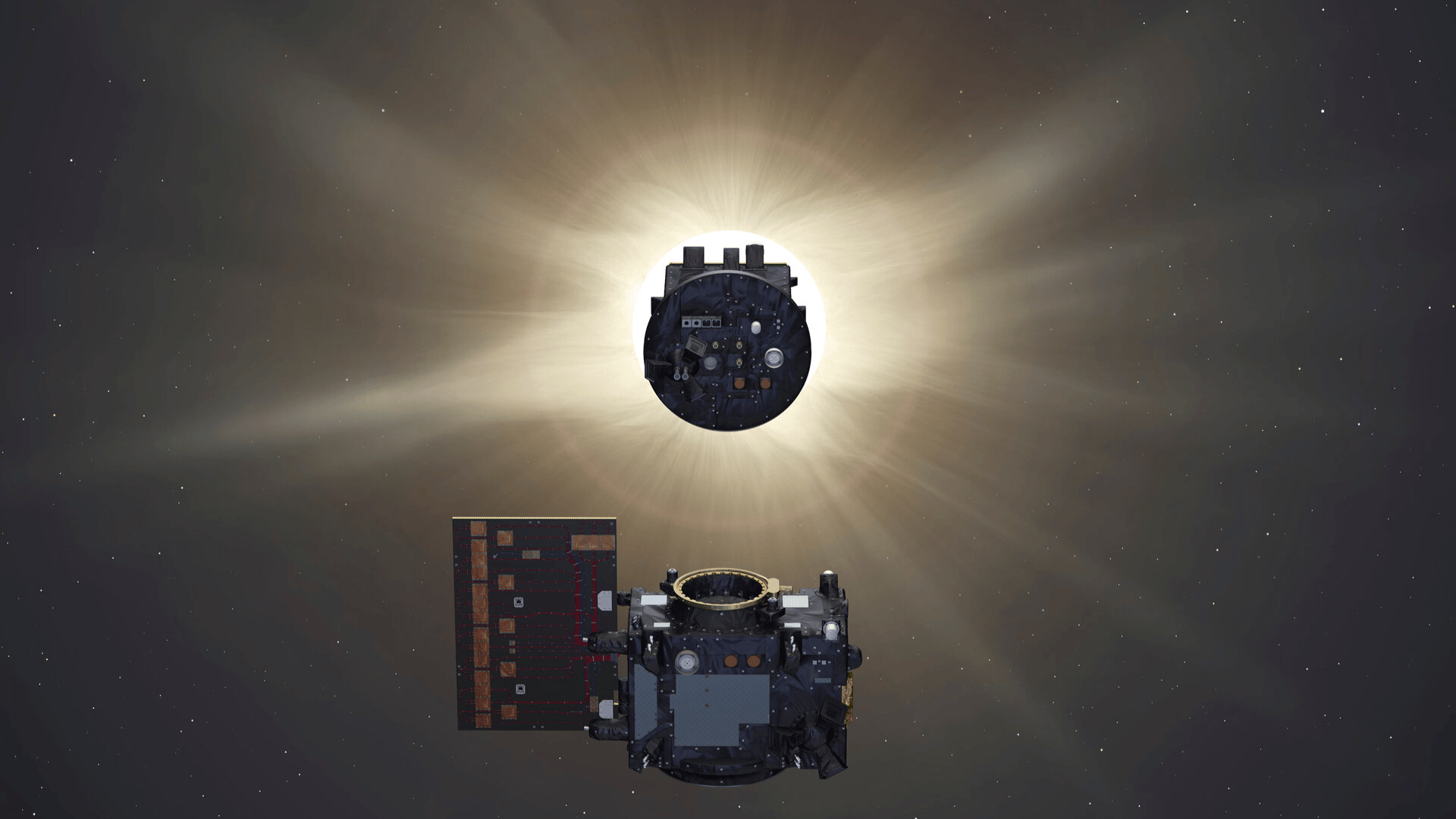
By orchestrating what the ESA calls an artificial solar eclipse, Proba-3 unlocks unprecedented views of the solar corona. Coronagraph and Occulter flew 150 meters (about 500 feet) apart in precise formation for hours without ground control. The two spacecraft worked in unison. The Occulter’s 1.4-meter disc blocked the glow of the Sun for the Coronagraph. This ingenious maneuver cast an 8-centimeter shadow onto the ASPIICS optical instrument’s 5 cm aperture. With the Sun’s blinding light blocked, the ASPIICS captured crystal-clear solar corona images.
ASPIICS is short for Association of Spacecraft for Polarimetric and Imaging Investigation of the Corona of the Sun. The instrument was developed for ESA by an industrial consortium led by Centre Spatial de Liège, Belgium.
“I was absolutely thrilled to see the images, especially since we got them on the first try,” comments Andrei Zhukov, Principal Investigator for ASPIICS at the Royal Observatory of Belgium. “Now we are working on extending the observation time to six hours in every orbit.”
Understanding the Sun’s Dynamic Nature
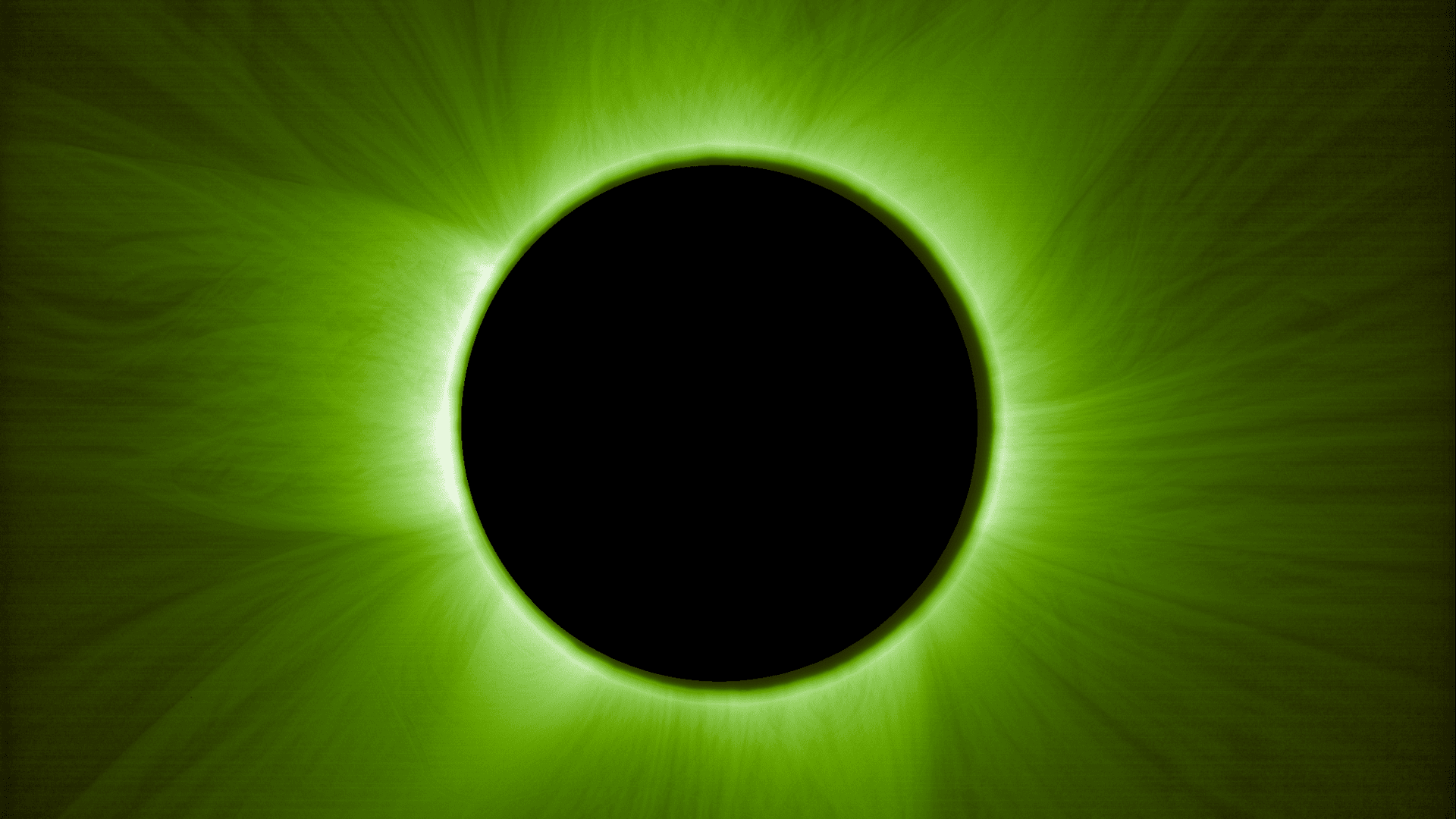
Analyzing the Sun’s corona is critical to understanding solar wind, which is the continuous flow of matter from the Sun, and Coronal Mass Ejections (CMEs), or explosions of particles from the Sun. While solar wind and Coronal Mass Ejections (CMEs) can create beautiful auroras in the night sky, they pose serious threats to modern technology. For example, they can disrupt Earth’s communications, power transmission, and navigation systems.
In May 2024, a major solar storm caused by large solar flares and a series of coronal mass ejections (CMEs) was directed towards Earth.
The Future of Space Weather Research
“Having two spacecraft form one giant coronagraph in space allowed us to capture the inner corona with very low levels of stray light in our observations, exactly as we expected,” said Proba-3 mission manager Damien Galano.
“Although we are still in the commissioning phase, we have already achieved precise formation flying with unprecedented accuracy,” he added. “This is what allowed us to capture the mission’s first images, which will no doubt be of high value to the scientific community.”
While the formation flying was performed autonomously, it was still under the supervision of the ground team. According to the ESA, they want to reach complete autonomy, “when our confidence in the system will be such that we will not even routinely monitor from the ground,” said Galano.




